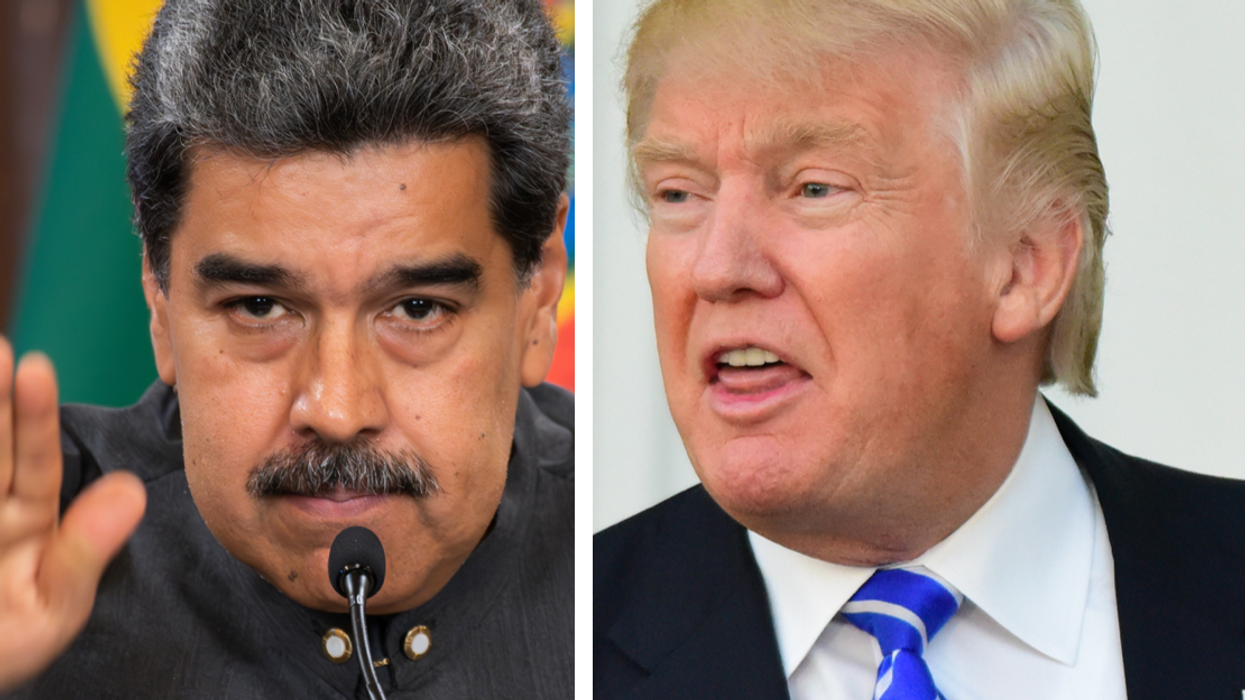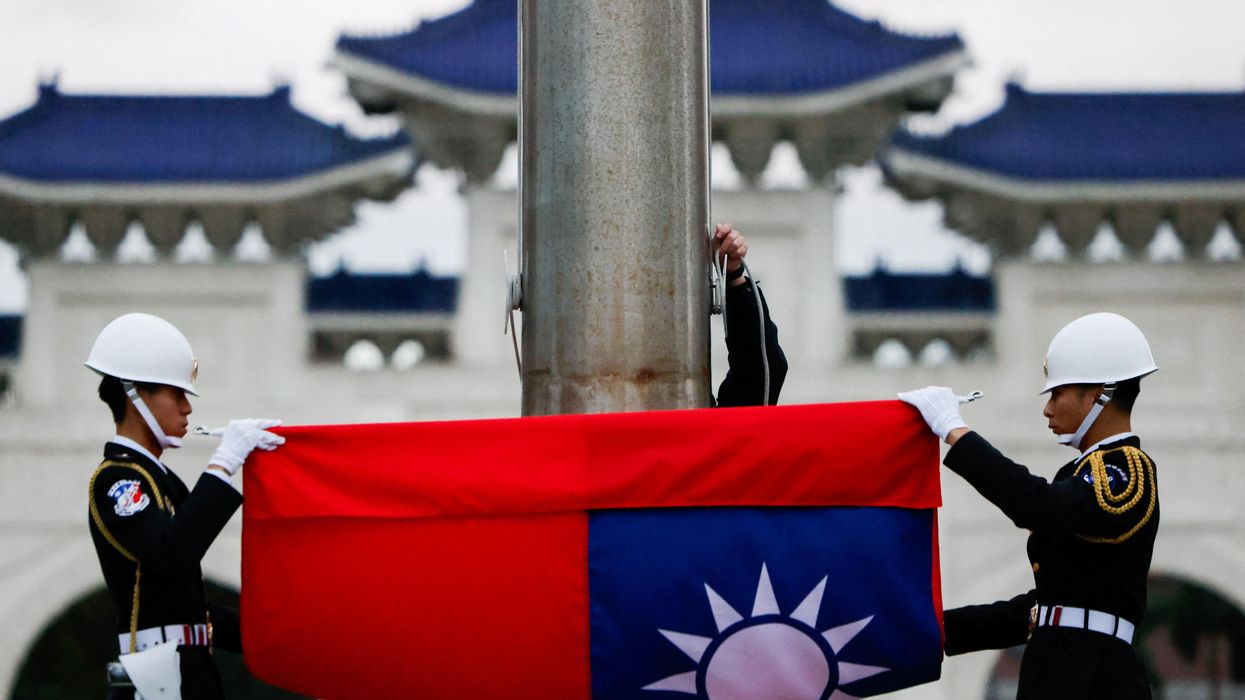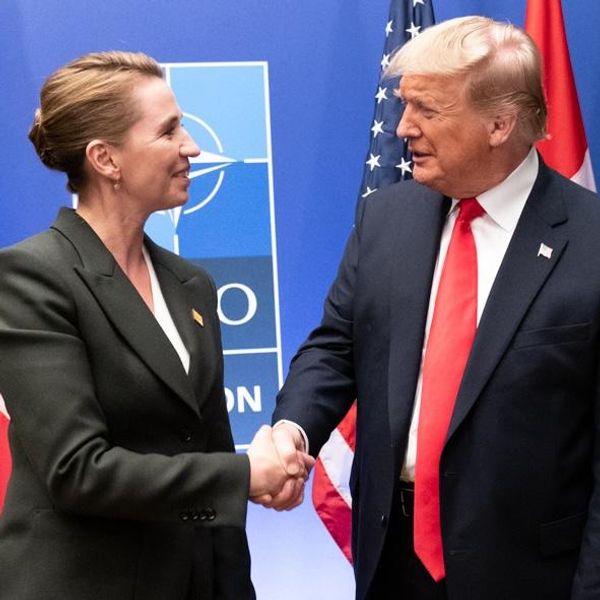In the end, as in any war, the most important factor in the future course of the Ukraine conflict will be what happens on the battlefield. There are essentially three possibilities, though each of these would bring in its wake a range of potential consequences: a Ukrainian breakthrough; a Russian breakthrough; and a stalemate roughly along the present lines of military control.
With Russian forces increasing in numbers and dug in along shorter front lines with massive artillery support, it will be a major challenge for the Ukrainian army to break through. Nonetheless, the Ukrainians have astonished the world so often since the Russian invasion began that further victories cannot be excluded.
If Ukrainian troops were to break through to the Sea of Azov, isolating Crimea; or if they succeeded in recapturing a large part of the separatist eastern Donbas region that Russia has backed since 2014, then it seems likely that in response Russia would threaten, and possibly execute, some form of drastic escalation. This might begin with the symbolic bombardment (with conventional missiles) of NATO air bases or supply lines in Poland or Romania. In any event, the Kremlin’s intention would also be to raise the possibility of a slide towards nuclear war between Russia and the United States.
Such a Russian attack would most probably lead to a limited and proportional U.S. military response (for example, the bombardment of a Russian base in the occupied part of Ukraine). Faced with the danger of nuclear war, however, powerful voices in the United States and Europe would also most likely call for a ceasefire in Ukraine, arguing that Kyiv had won a sufficient victory by recapturing almost all of the territory it has lost since the Russian invasion of February 2022 (though not most of the areas occupied by Russia and its local allies since 2014). The West would be helped in proposing a ceasefire if a further Russian defeat had led to the fall of President Putin, as this would be seen as a great Western and Ukrainian success in itself.
However, with Ukraine apparently on the road to complete victory, such moves for a ceasefire would meet fierce resistance from the Ukrainian government, from certain NATO members including Poland and the Baltic states, and from important sections of the U.S. political establishment and media. The outcome of such a crisis therefore cannot presently be predicted; but clearly the risk of escalation to full-scale war between NATO and Russia would be extremely high.
A Russian offensive leading to a victorious breakthrough does not seem to be part of Russian plans in the short term, apart from limited moves to take the town of Bakhmut in the western Donbas. All the indications are that Russian forces are fortifying their existing lines so as to prevent any more Ukrainian successes like the recapture of the eastern part of Kharkiv region and of the city of Kherson. However, if Ukrainian forces suffer heavy casualties and use up their ammunition stocks and armored vehicles in failed offensives over the next few months, then a successful Russian counter-offensive might be a real possibility.
Western intelligence estimates are that Ukrainian and Russian casualties have been roughly equivalent — and Russia has three and a half times Ukraine’s population. In the war’s first months, Russia’s potential advantage in manpower was nullified by the Putin regime’s unwillingness (for domestic political reasons) to send conscripts into action and to call up reserves. These shortages are now being rectified by the call-up of 300,000 additional troops (albeit of very questionable quality). Russia is also producing considerably more artillery shells than Ukraine is either producing itself or receiving from the West, and it is not clear how far increased U.S. production can make up for this shortfall in the next few months.
Given the record so far and the continued limits on Russian manpower, armor and ammunition, however, there is no realistic chance that a Russian breakthrough could lead to the capture of Kyiv. It is not even remotely likely that Russia could capture Kharkiv, while Russia’s withdrawal from Kherson to the left bank of the Dnieper River makes an offensive against the Ukrainian Black Sea ports of Mykolaiv and Odessa virtually impossible.
However, if Russia captures the whole of the Donbas region and strengthens its land bridge to Crimea, it seems highly likely that Putin would claim that key Russian goals (as set out at the start of the invasion) have been achieved, and that Moscow would then offer a ceasefire and peace talks without preconditions.
Such a Russian offer would also open up deep splits within the West, and between Western countries and Ukraine; for, with the possibility of Ukrainian victory fading into the distant future, and the prospect of an unending war, many in the West would argue that a ceasefire would be the best deal that Ukraine was ever likely to get.
This argument would gain strength from the fact that only a stable ceasefire would end Russia’s destruction of Ukrainian infrastructure and allow Ukraine and its partners to begin the long and very expensive process of rebuilding the Ukrainian economy so as to advance Kyiv’s hopes of joining the European Union. This could also appeal to some pragmatic Ukrainians, who might believe that a ceasefire and economic growth would allow Ukraine to strengthen its armed forces so as to resume the war at a later date — something that Russia’s attacks on the Ukrainian economy are presently making very difficult.
Ukrainian and Western opponents of accepting a Russian-proposed ceasefire of course would argue that this would allow Russia to build up its own forces for a future new war, although this argument would be weakened if Moscow declared publicly that its war aims had been achieved.
Barring a breakthrough by either side, the prospect is that of an indefinite and bloody stalemate along the present battle lines, reminiscent in many respects of the situation on the western front in World War I. The question would then be how long it will take — and how many people will have to die — before both sides become exhausted and decide that there is no point in continuing the struggle.
The scene would then be set for an unstable ceasefire such as has existed between India and Pakistan in Kashmir for most of the past 75 years; or indeed a much larger version of the ceasefire in the Donbas from 2015 to 2022. Such a ceasefire would be accompanied by peace negotiations, but also by periodic explosions of violence and possibly full-scale war.
Such a ceasefire would be better than the present massive bloodshed in Ukraine; but unless accompanied by successful negotiations to reach a settlement or at least minimize armed tensions, it would be fraught with negative elements: the potential for new wars, not only in Ukraine but also between Russia and other former Soviet states; the difficulty of Ukrainian reconstruction and progress towards the European Union; the impossibility of restoring minimally cooperative Western relations with Russia; and the likelihood of stronger cooperation between Russia, China, and Iran.
















